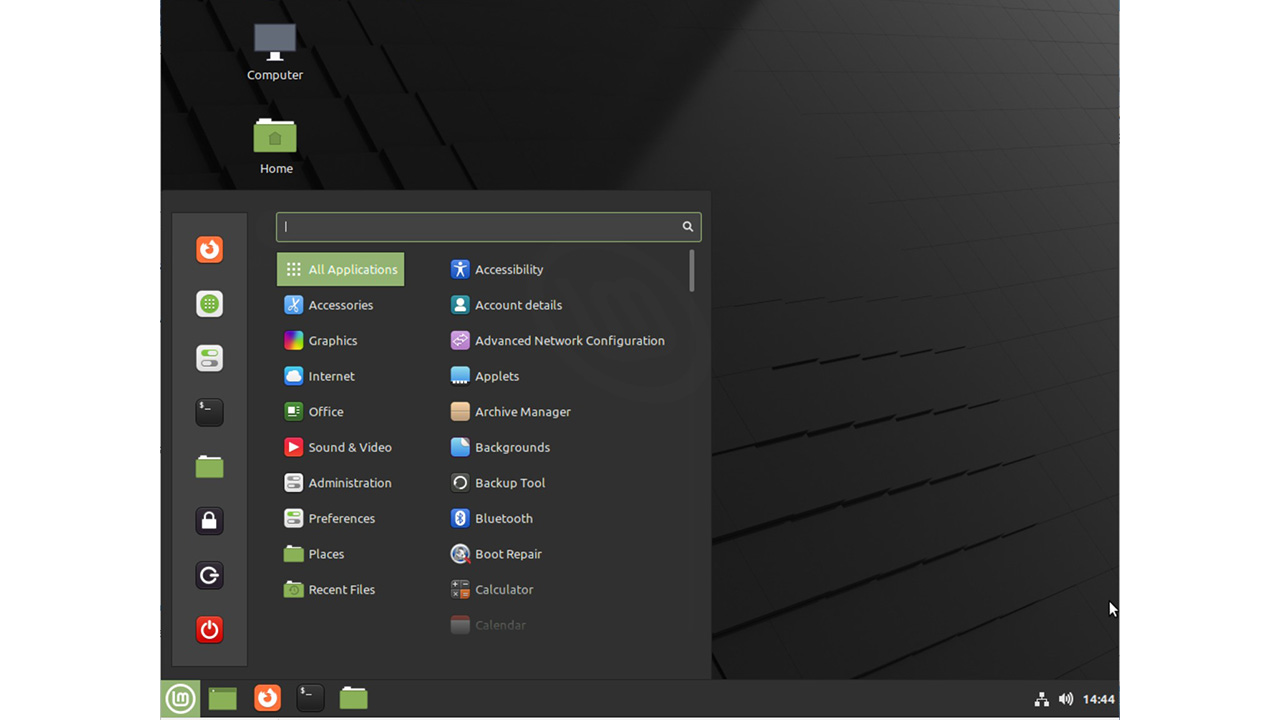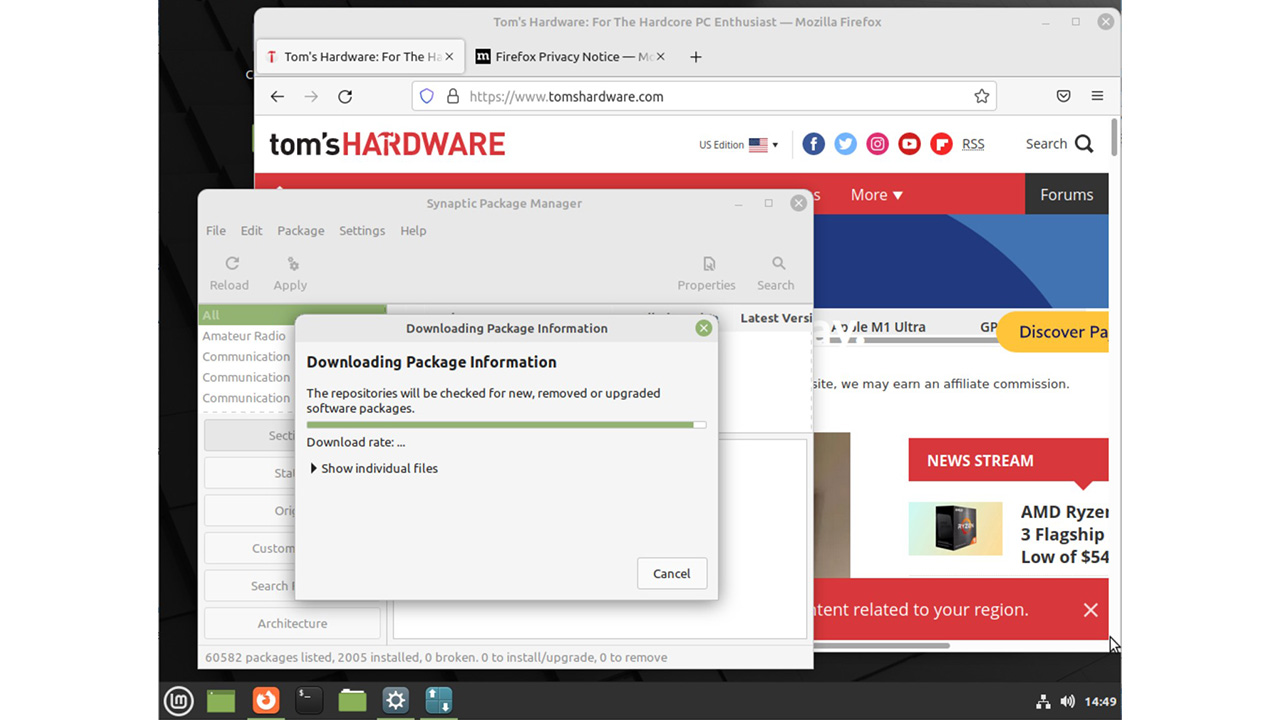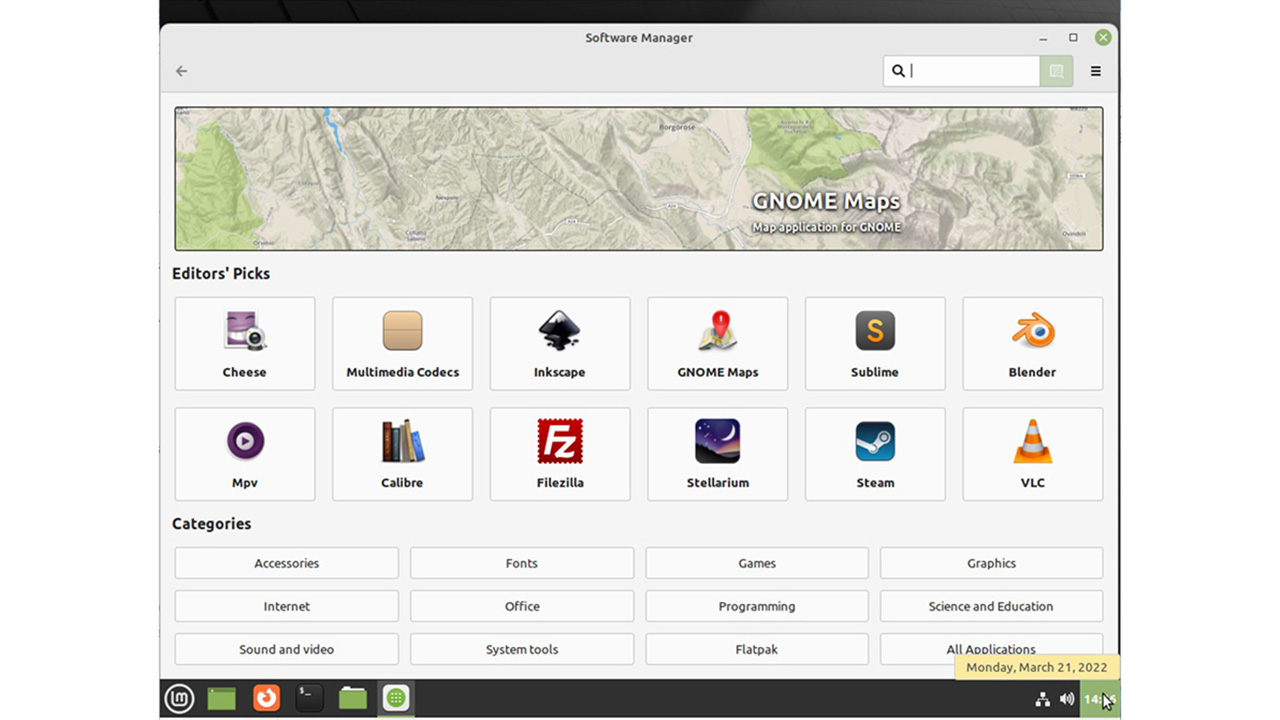Linux Mint Announces Latest Debian Based OS
Linux Mint Debian Edition 5, based on Debian rather than Ubuntu, has been released
Linux Mint has announced the latest release of its Debian based operating system Linux Mint Debian Edition (LMDE), codename "Elsie" is based upon the latest Debian "Bullseye" release and is an alternative to the mainstream Ubuntu based Linux Mint.



LMDE, or Linux Mint Debian Edition, is a backup version of Mint designed to preserve the work put into, and user experience of, Linux Mint should Ubuntu ever disappear to the great software graveyard in the sky. As Ubuntu is itself built on Debian architecture, to the uninitiated the difference is hard to discern. But under the hood there are notable software changes inline with the source operating system's philosophy. Following a successful beta release at the end of February, the time has come for a full version.
LMDE 5, codenamed Elsie, is made using the same Debian 11 Bullseye that Raspberry Pi OS made such a difficult upgrade to last year (as more recently and successfully did Peppermint OS). This, however, seems to be a much more fortunate project than Raspberry Pi’s, displaying the same Cinnamon desktop as the Ubuntu-based version of Mint, but with none of the Snap containerised software packages used by Canonical’s operating system. Instead, it uses the Flatpak application manager, along with a native Firefox app straight from Mozilla. Being a Debian based OS, Linux Mint also comes with the APT (Advanced Packaging Tool) to manage software installation.
The system requirements are modest, with just 2GB of RAM (4GB for a ‘comfortable experience’) and 20GB of disk space required. A screen resolution of 1024 x 768 is recommended, but on coarser displays there's a workaround involving Alt+dragging windows to get them on the screen.
Whatever the underlying architecture, there's no denying that, for a Windows user at least, Mint is a OS that makes a lot of sense on the desktop. The Menu and taskbar arrangement are familiar, there's some closed-source software such as Spotify and video codecs available, and if you want Ubuntu’s Snap, you can have it.
Otherwise, the full and familiar selection of Linux software is available, about 30,000 packages in total, including such stalwarts as GIMP, LibreOffice, and Inkscape. Mint celebrated its 15th anniversary last year, having been conceived in February 2006 by Clement Lefebvre, a French developer who wanted to implement solutions to common Linux community problems. The first release was based on Kubuntu, with the Gnome desktop landing in November the same year atop version 2.0 of the OS.
Get Tom's Hardware's best news and in-depth reviews, straight to your inbox.

Ian Evenden is a UK-based news writer for Tom’s Hardware US. He’ll write about anything, but stories about Raspberry Pi and DIY robots seem to find their way to him.